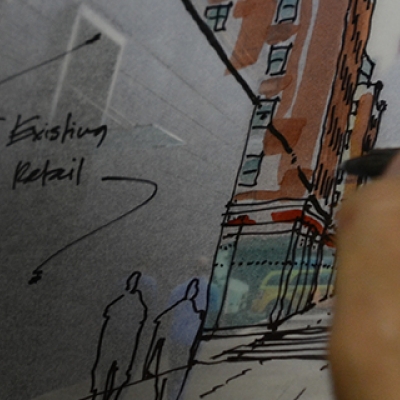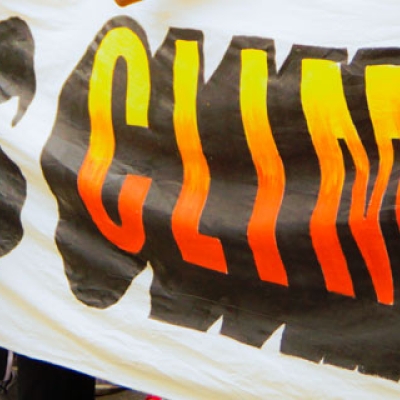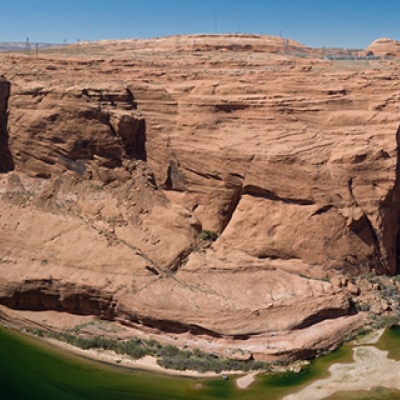
Smithsonian Institution Greening Greater Washington seminar
By Admin / On September 7th, 2011
Island Press partnered with the Smithsonian Institution for a Greening Greater Washington Seminar featuring Island Press author Timothy Beatley, author of Biophilic Cities, and Christopher Leinberger, author of The Option of Urbanism.



